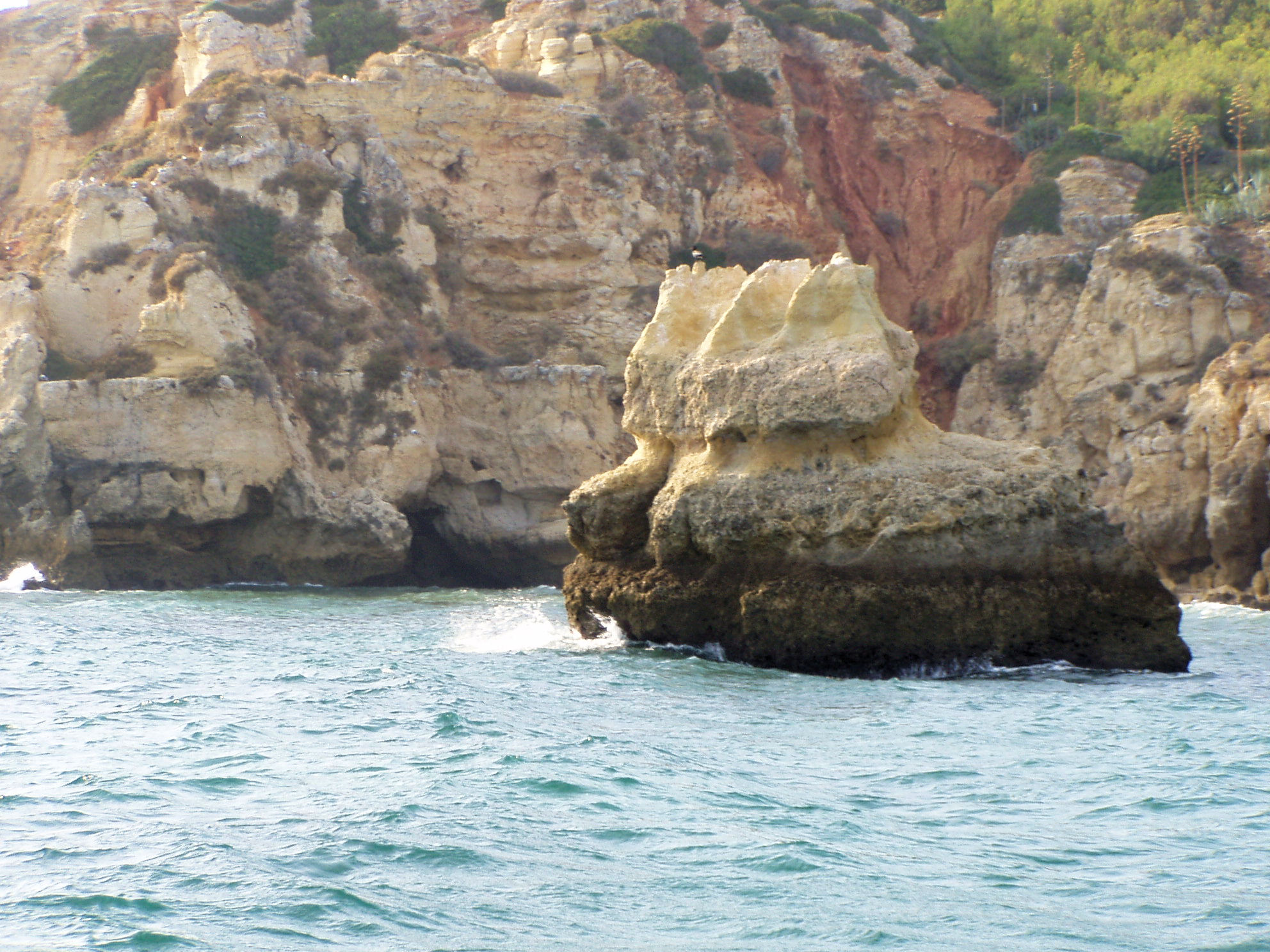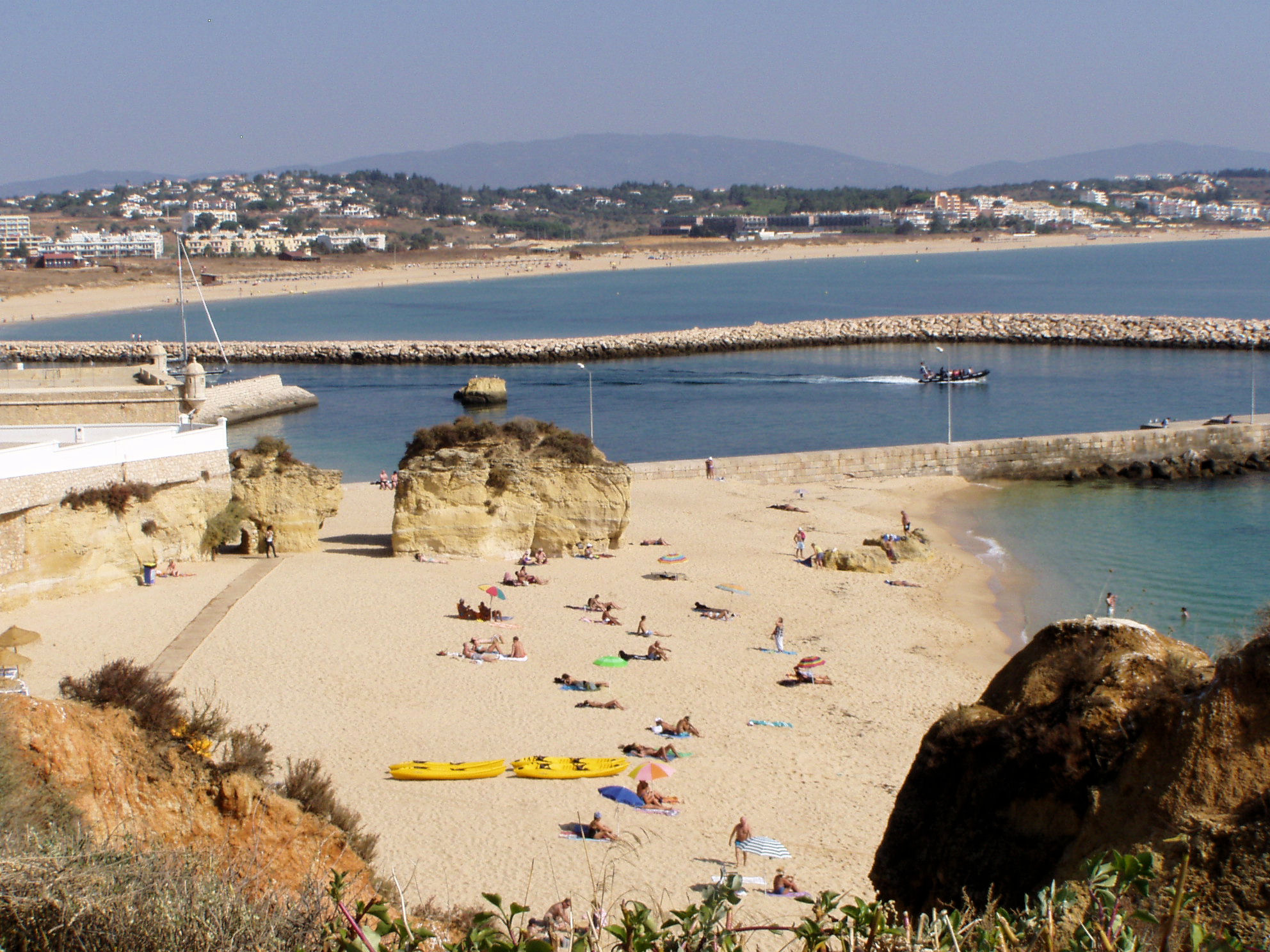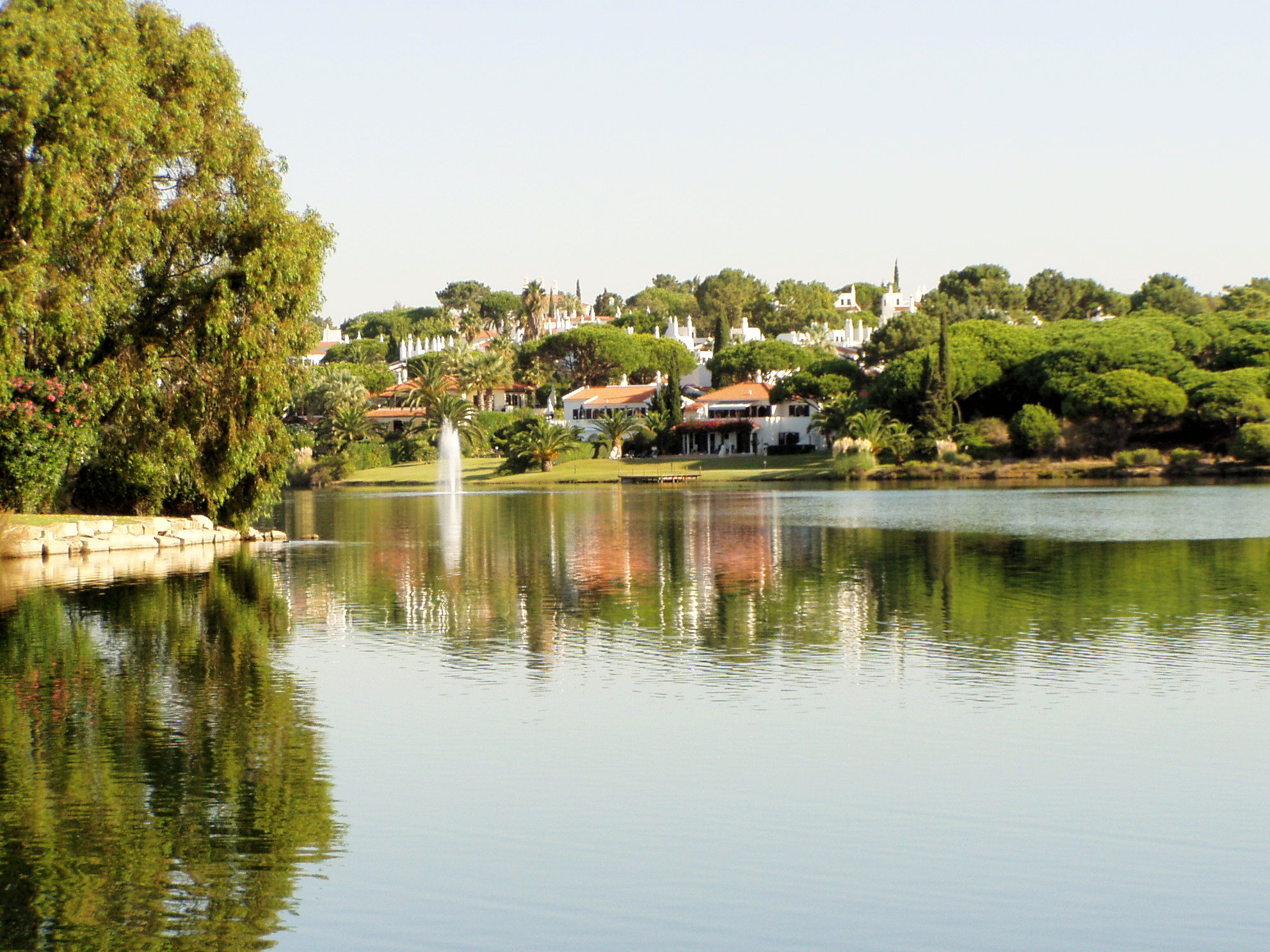Algarve: Grotte, Lagos, and Ria Formosa
The Algarve, Portugal’s southernmost region, is known for its Atlantic beaches and golf resorts. Whitewashed fishing villages on low cliffs overlooking sandy coves were transformed in the 1960s, and now its central coast between Lagos and Faro is lined with villas, hotels, bars and restaurants. The region’s western Atlantic coast and rugged interior are less developed. ― Google
Grotte – The dramatic, awe-inspiring limestone caves and grottos carved into the towering cliffs along the Algarve coast have captivated visitors for years. This southernmost region of Portugal has become renowned across Europe for its stunning geological formations sculpted by the ocean’s tireless waves over millennia. From the cathedral-like domes of the Benagil Caves to the sea-carved tunnels of Ponta da Piedade, the Algarve contains some of the most spectacular natural grottoes found anywhere in the world.
The origins of these breathtaking caves date back over 200 million years ago to the Mesozoic era. During this time period, a shallow sea cradled the region, depositing layers of sandstones, limestones, and marls over millions of years. This slow sedimentary process laid the foundation for what would one day become the Algarve’s iconic caves and grottoes.
Lagos – The port town, which launched many naval excursions during Portugal’s extraordinary Age of Discovery, lies along the bank of the Rio Bensafrim. Its old town’s pretty, cobbled lanes and picturesque squares and churches are enclosed by 16th-century walls. Beyond the walls is a modern but not overly unattractive sprawl and some truly fabulous beaches.
Ria Formosa – A humid zone of international importance, the Ria Formosa estuary is a labyrinth of canals, islands, marshland and sandy beaches that extend 60 km along the Algarve coast between the beaches of Garrão and Manta Rota.
This diversity of eco-systems attracts a varied range of animal life including many bird species such as the purple swamphen, the symbol of the Nature Park. Visitors who would like to admire the elegant plumage of this bird and learn everything about the protected area, should start their visit in the Marim Environmental Education Centre, that will indicate the most appropriate pedestrian trails and observatories where it is possible to spy on the day-to-day activities of the various species. The Park also organises various rides in a traditional boat that was formerly used for tuna fishing.
Algarve Slideshows


